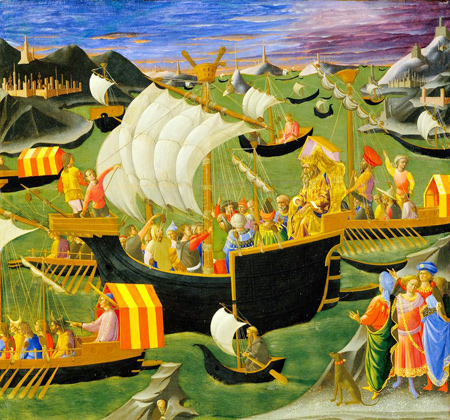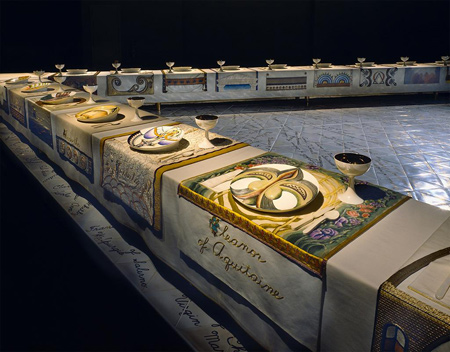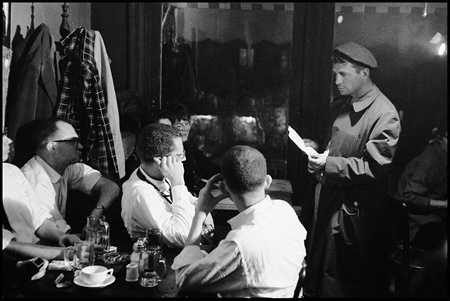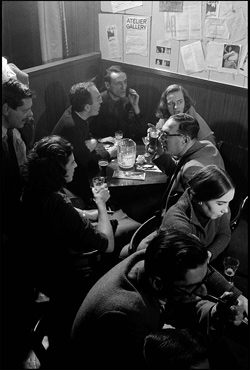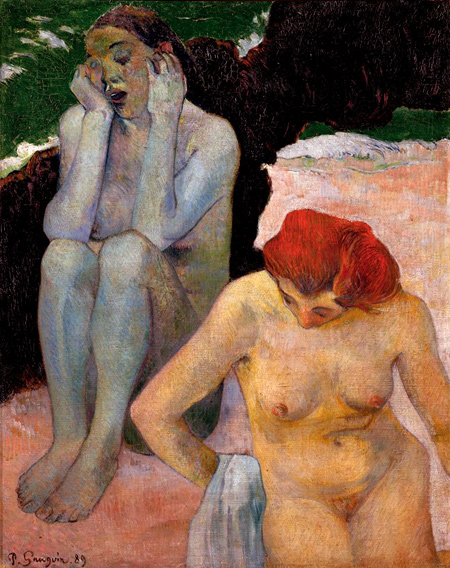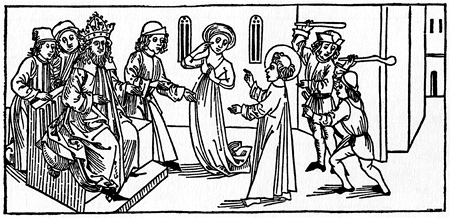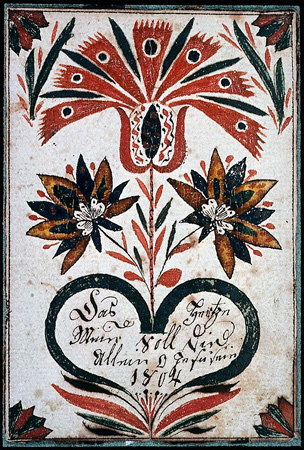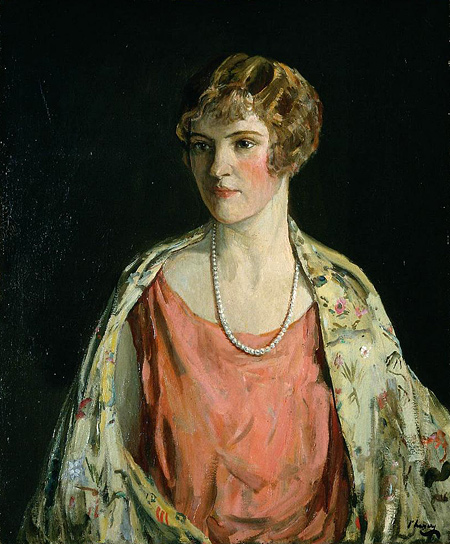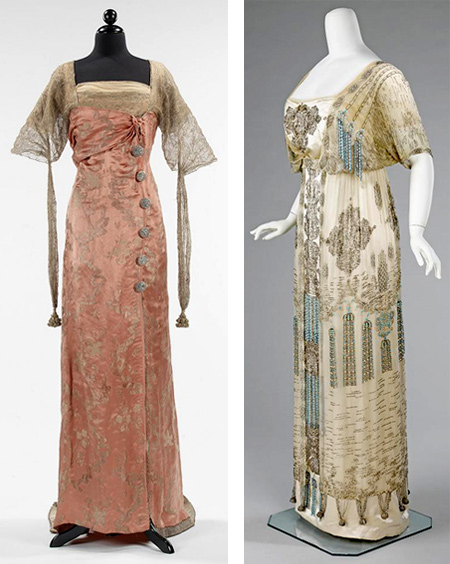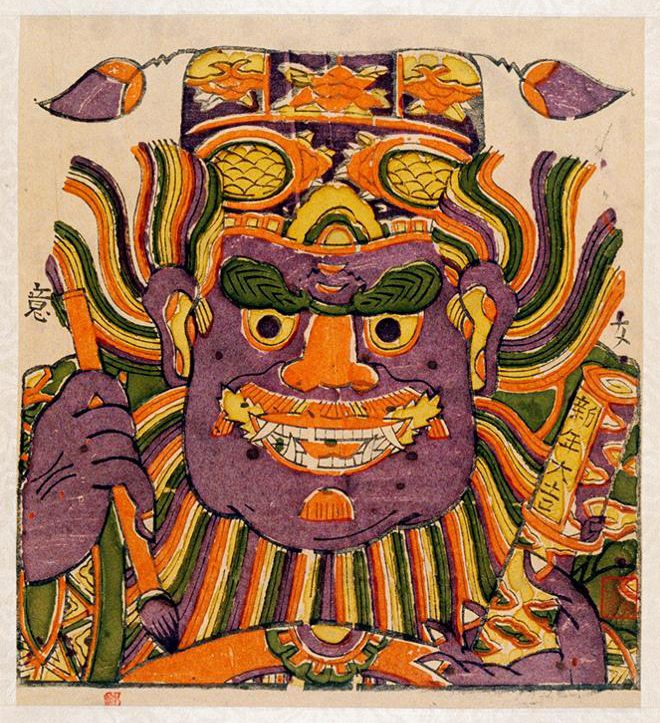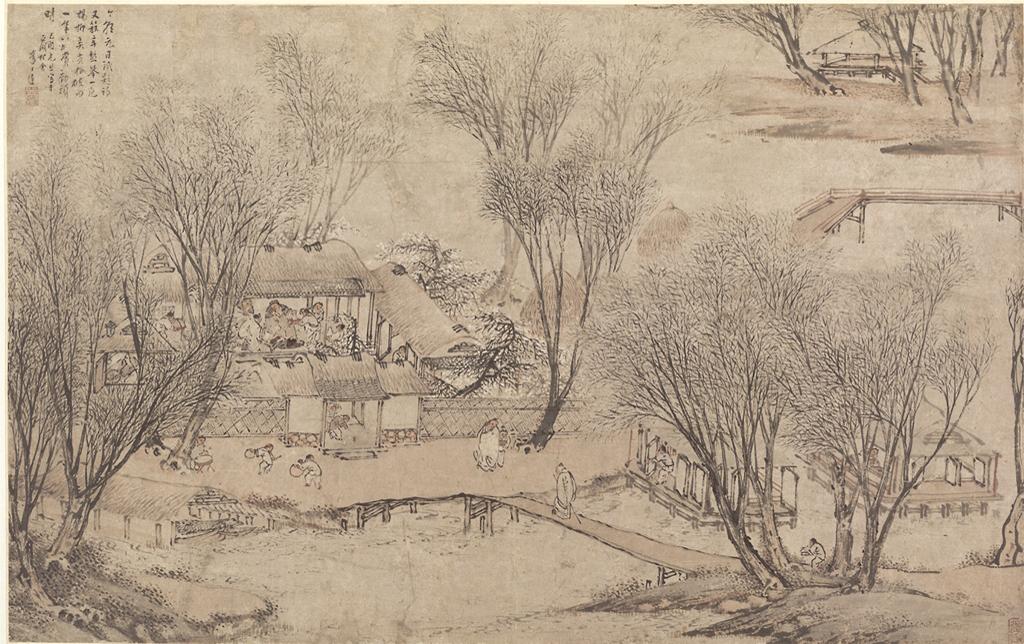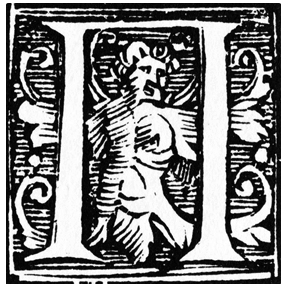
Erhard Schoen | Pi: Nude man with fishtails, 1527 | Retrospective conversion of The Illustrated Bartsch (Abaris Books) by ARTstor Inc. and authorized contractors
Happy Pi (∏)Day! Today is 3/14, the first three decimals of ∏ (3.14). To celebrate, here is a 16th-century woodcut of the Greek letter ∏ from The Illustrated Bartsch.
Too dry? Try these pies from Pop artist Wayne Thiebaud, courtesy of the Museum of Modern Art: Painting and Sculpture.
Not enough? Visit this site from the University of Exeter to see pi to the first 1,000,000 digital places!
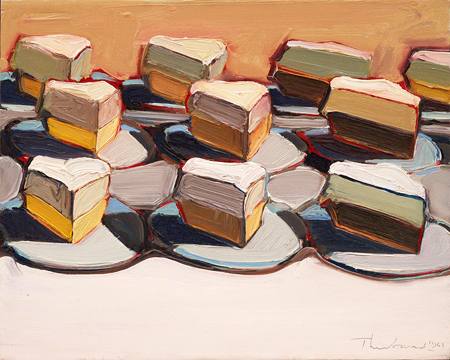
Wayne Thiebaud | Cut Meringues, 1961 | Image and original data provided by the The Museum of Modern Art | Art © Wayne Thiebaud / Licensed by VAGA, New York, NY | This work of art is protected by copyright and/or related rights and may not be reproduced in any manner, except as permitted under the ARTstor Digital Library Terms and Conditions of Use, without the prior express written authorization of VAGA, 350 Fifth Avenue, Suite 2820, New York, NY 10118. Tel.: 212-736-6666, fax: 212-736-6767, email: info @vagarights.com
